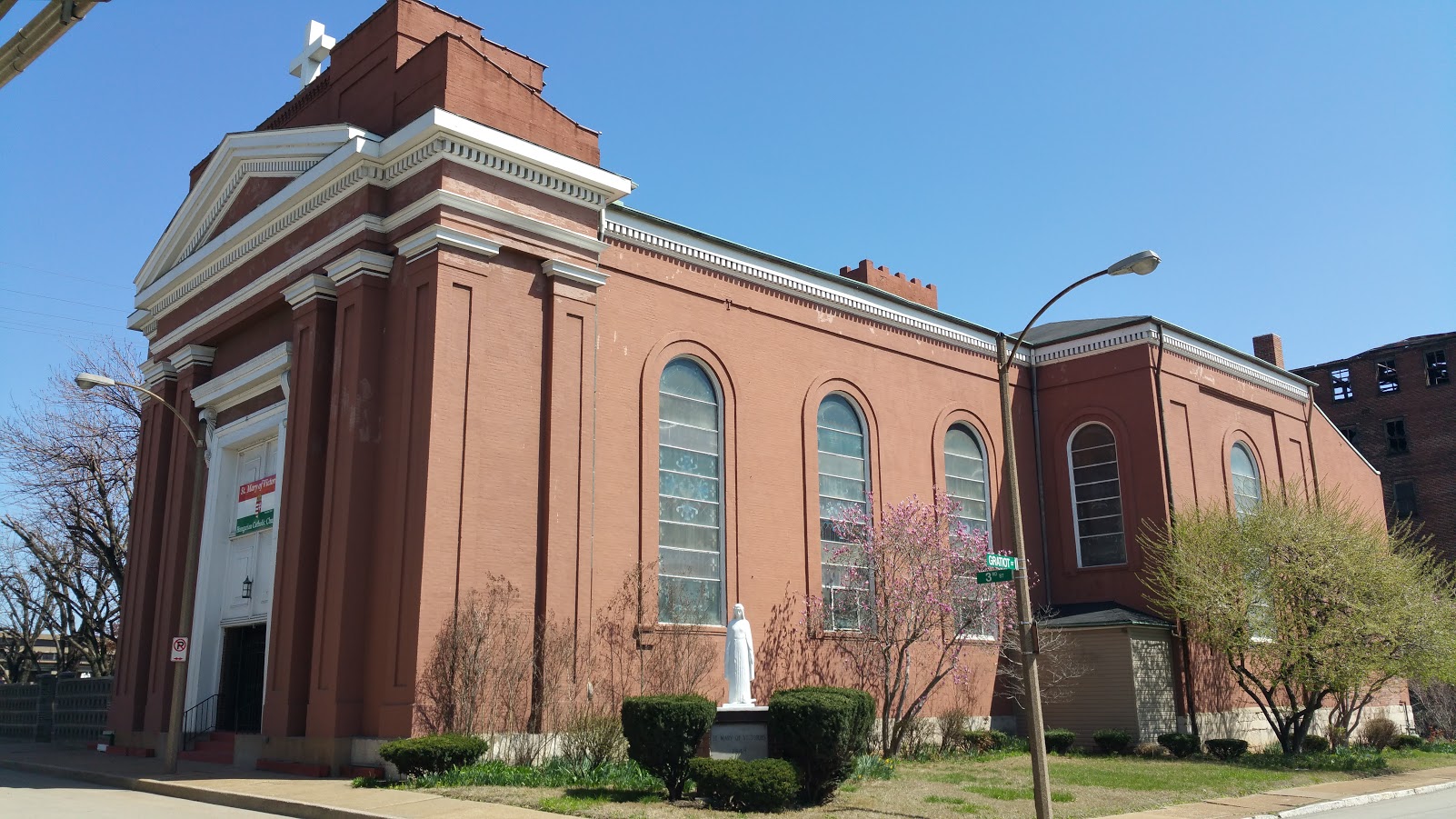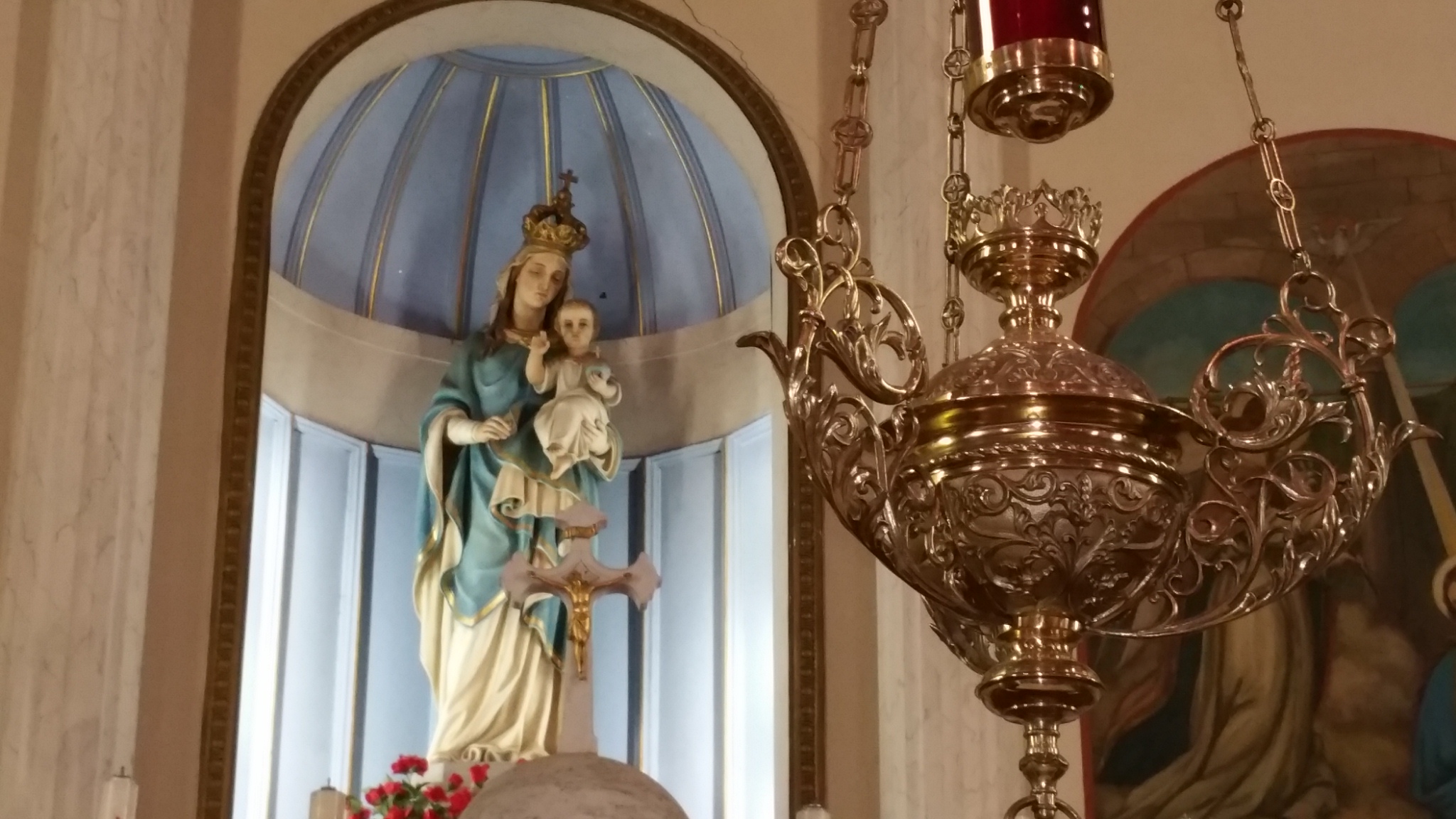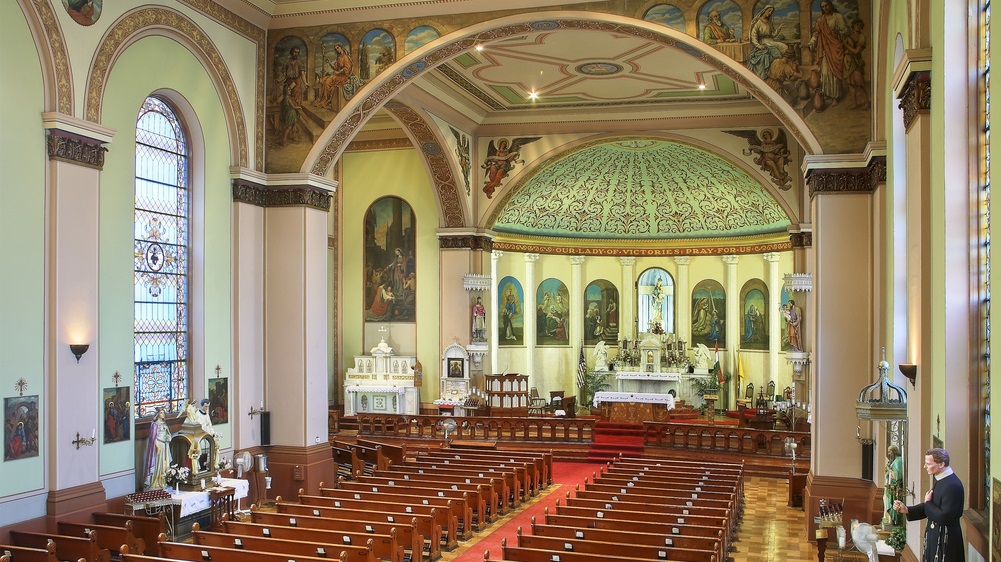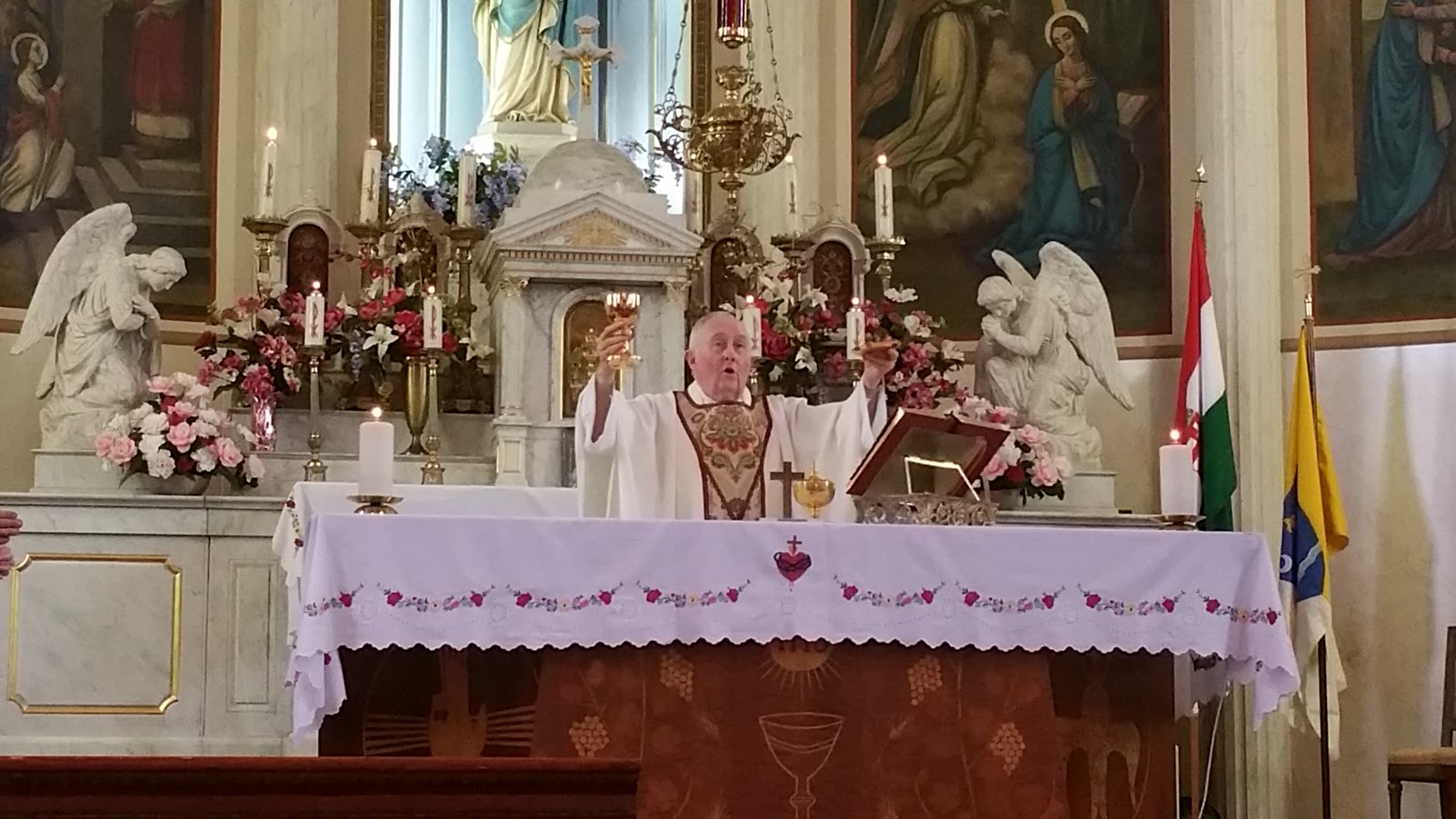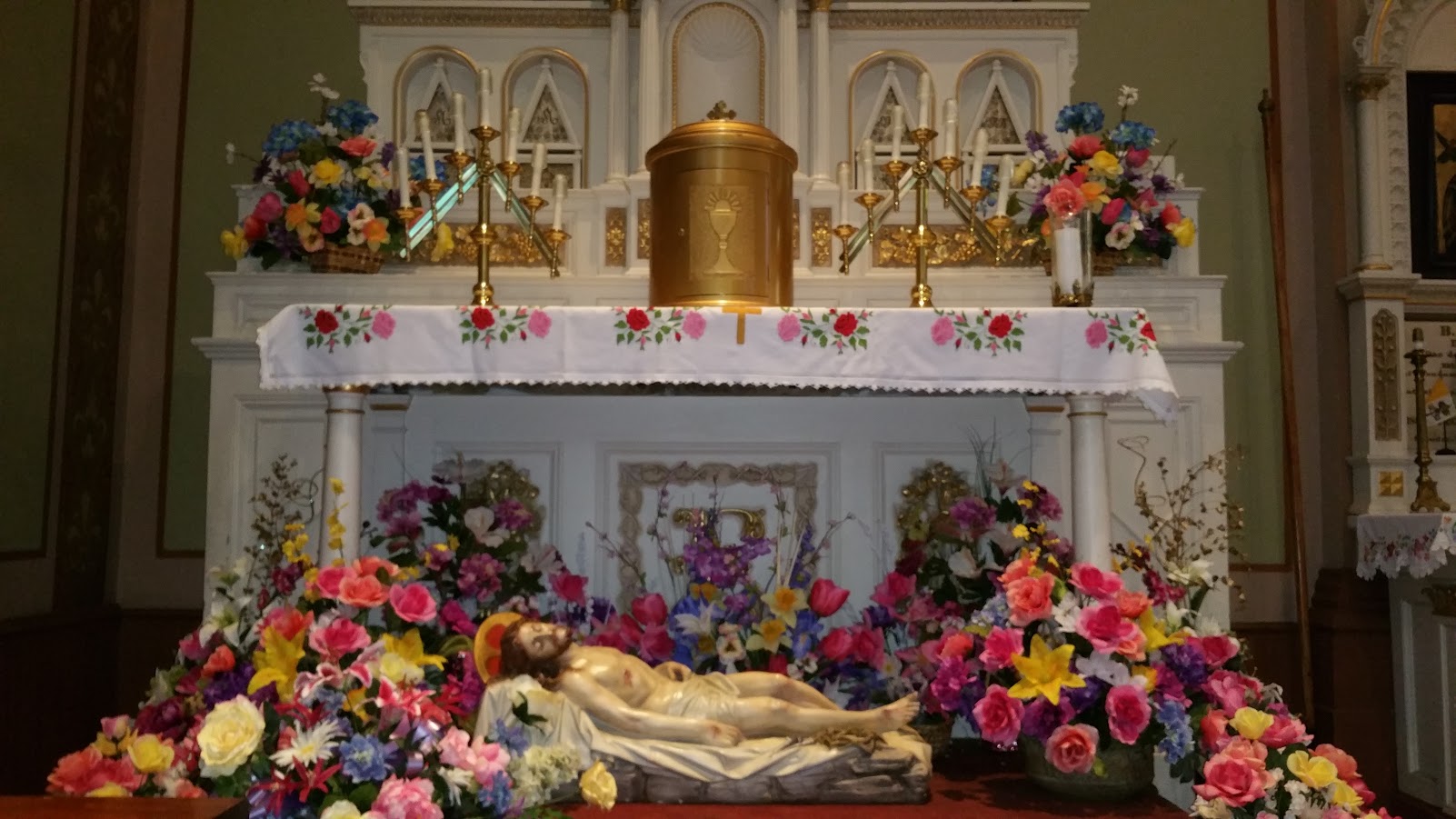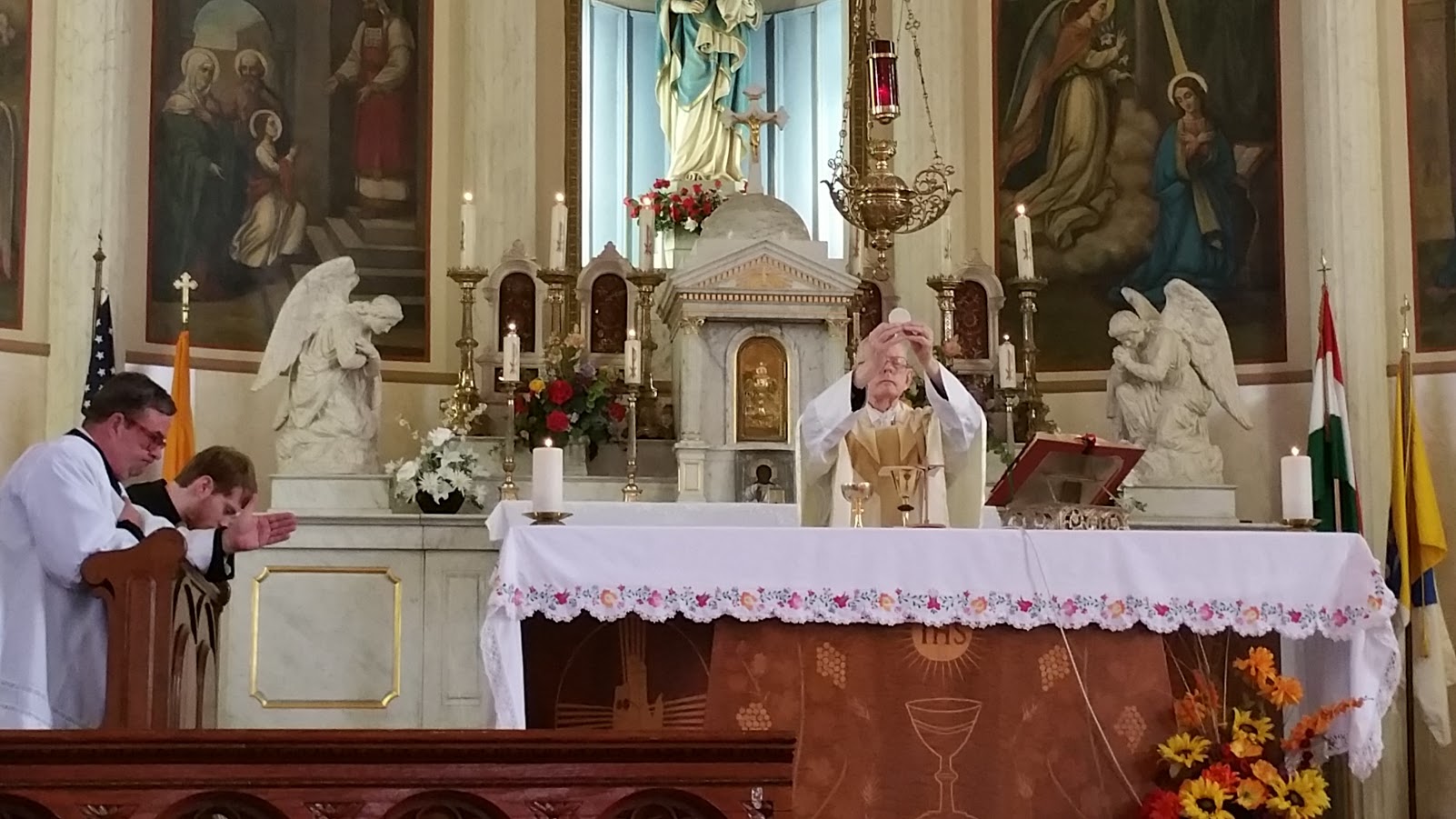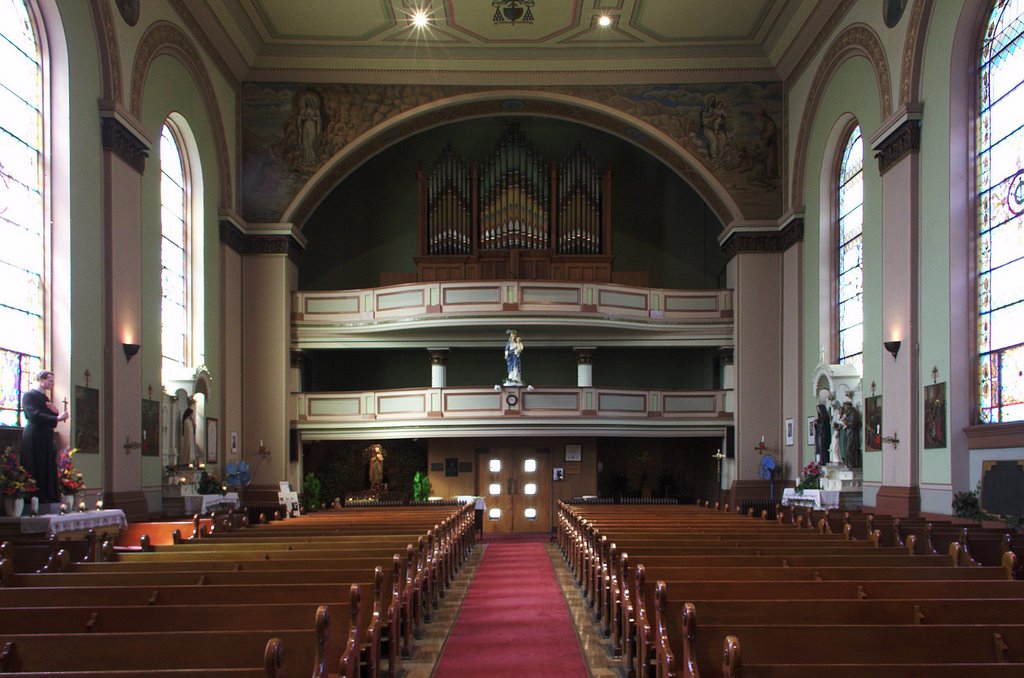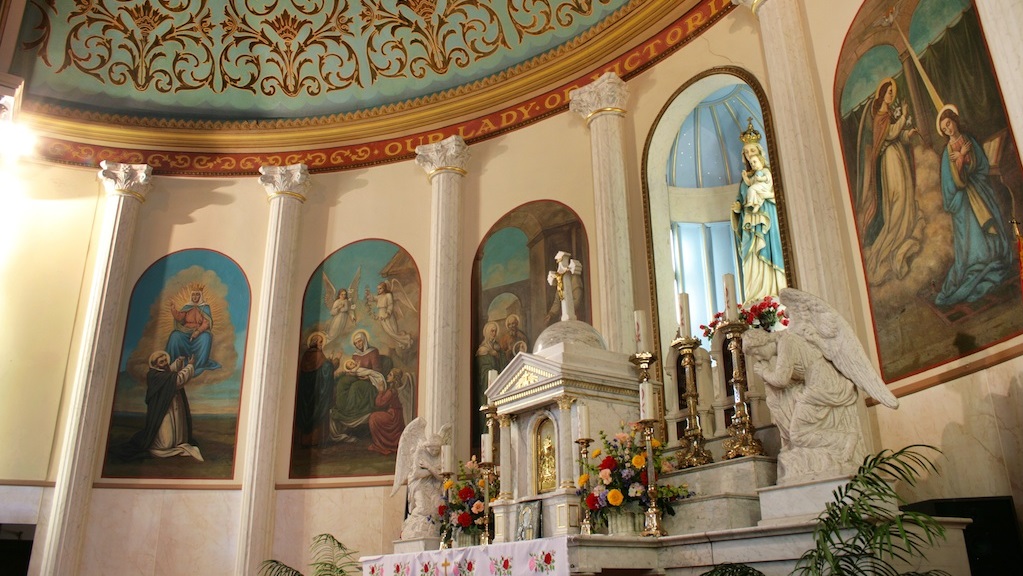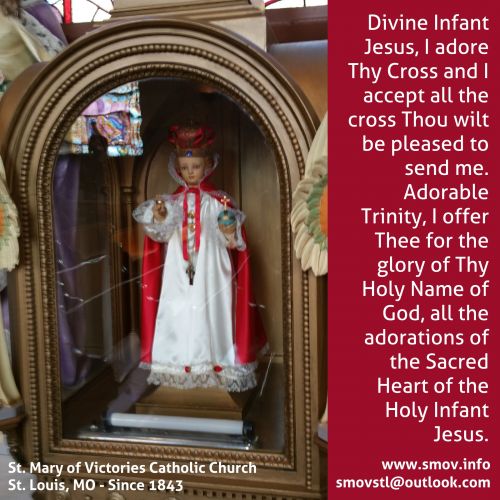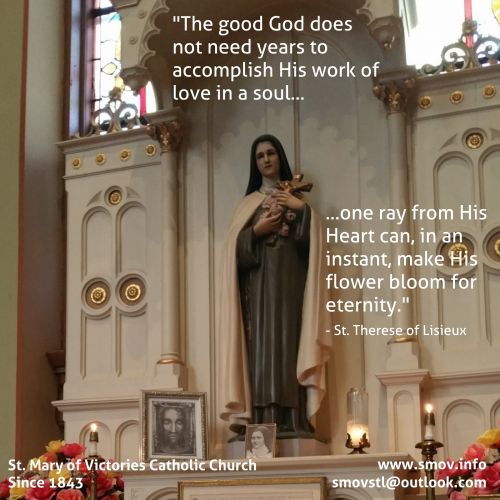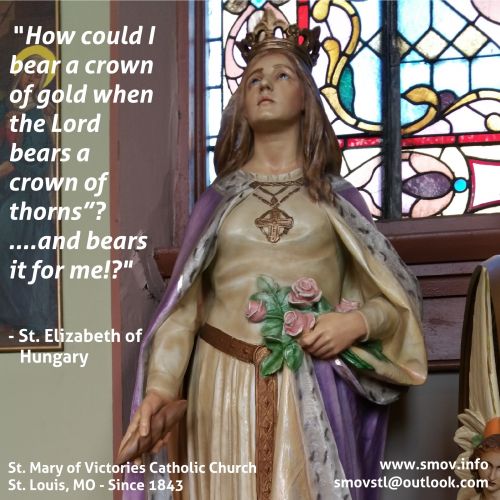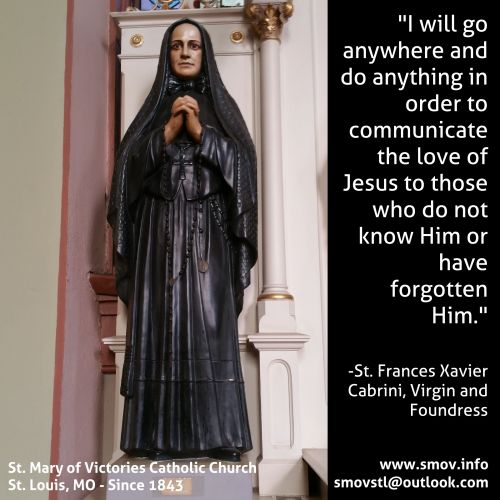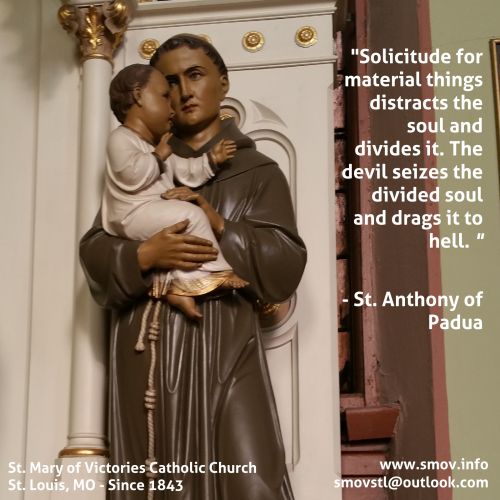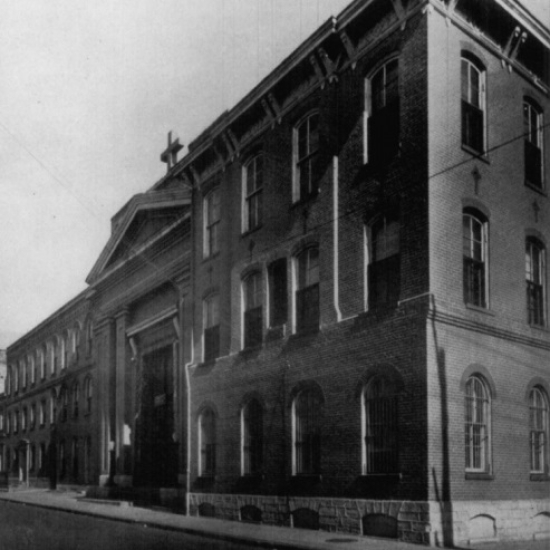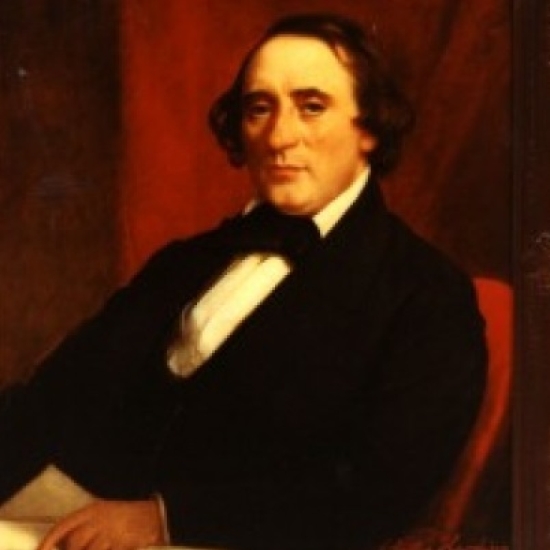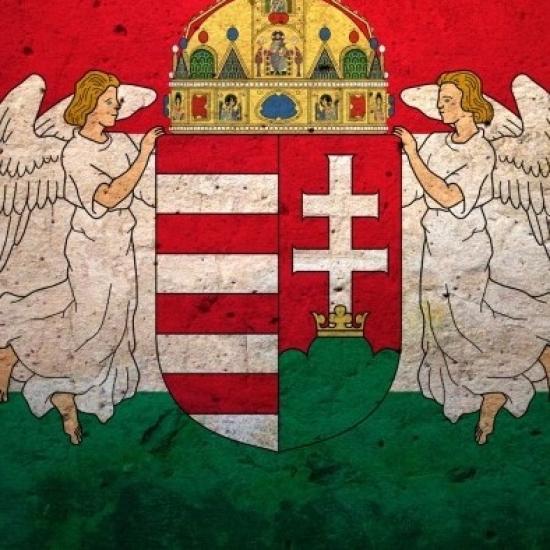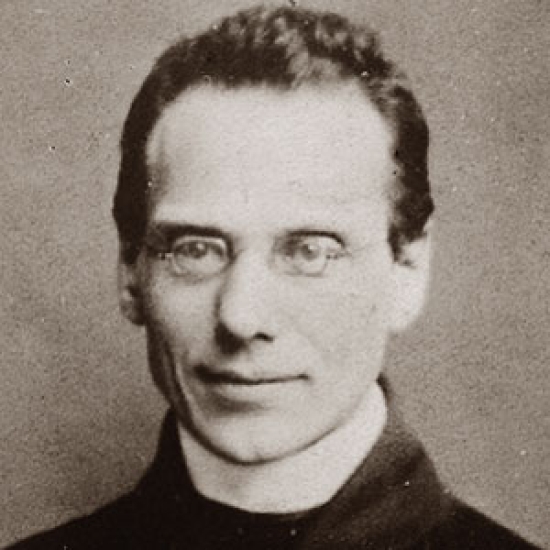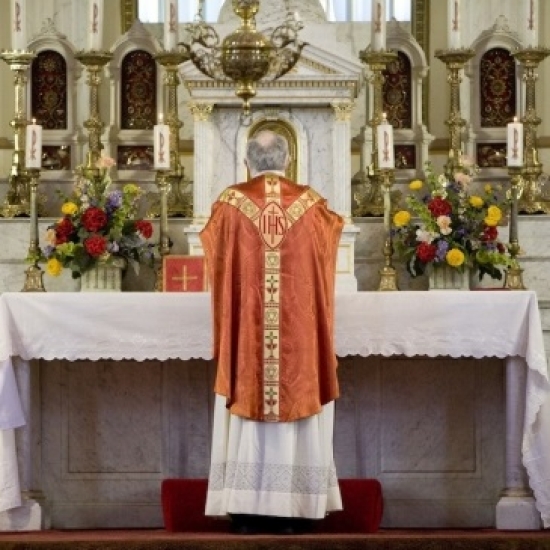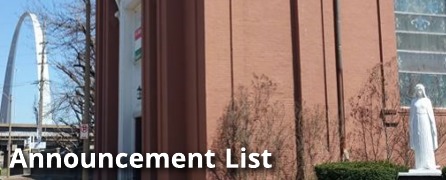26 May 2012, Trinity Sunday (Year C)
Introit (Year C): Caritas Dei, begin on G (as sol)
Offertory: Come down O Love divine, p. 364, begin on D
Communion (Years A & C): Benedicimus Deum, begin on A (as la)
Recessional: O God almighty Father, p. 365, begin on C
Mass VIII, PBC, p. 52. Credo III, PBC, p. 77.
For several centuries the Popes refused to put a feast dedicated to the Holy Trinity on the Roman calendar. They considered the frequent veneration of the mystery every day in the existing texts of the Mass and the Divine Office, especially the singing of the minor doxology (Gloria Patri) after every psalm and canticle and the bow that accompanies it, were more than sufficient to draw the attention of the faithful to the glories of the inner life of God that have been revealed to us. But the monastic orders, the Cistercians in particular, pushed for the feast—long on their own monastic calendars—to be made universal. Pope John XXII finally agreed and put it on the calendar in 1334. (But it just barely survived the calendar revisions of 1969!) So with such a late entry date, and less than universal popularity, its not surprising that the chants of the Vatican Graduale seem to be an afterthought. Although they appear in some early manuscripts, the melodies are adaptations from other chants. The Introit in Years A & B is a—to put it mildly—poor adaptation of the great melody of Invocabit me, from the 1st Sunday of Lent. The Gradual and the Offertory are from the feast of SS. Peter and Paul, and the Communion is a somewhat less than successful adaptation of the Communion Feci judicium from the Commons. (Now found in the Common of Holy Men and Women; formerly in the second Common of a Virgin Martyr). The 1974 Graduale offers some alternatives: an Introit in Year C, a byzantine Hymn in place of the the Gradual, and a Communion in Year B.
The Introit has two phrases:
1. Caritas Dei diffusa est in cordibus nostris, alleluia.
2. Per inhabitantem Spiritum ejus in nobis, alleluia, alleluia.
The melody is the subject of much discussion and has been revised in the new critical edition of the Graduale Romanum (Graduale Novum) in order to—among other things—reflect ti (b) as the dominant of Mode 3. In the melody in the current Vatican Graduale, we still find the modified dominant on do (c). The high point of the melody is right at the beginning, adding emphasis to the words Caritas Dei, the key concept of the text. The melody then descends as the text describes that Love’s diffusion in our hearts by the Spirit dwelling in us. The rapid burst of joy to the high point and then a peaceful descent is repeated at the singing of the triple alleluia. As befits the sense of the prose text, the chant wants a quick and lively rendition.
In the EF, this Introit is sung on the Ember Saturday in Pentecost Week, and also appears in other feasts in both forms. Msgr. Andrew Wadsworth preached a beautiful homily on it during a Mass on that day in 2011. Here is an excerpt from his conclusion:
God has given us this great promise which we hear at the heart of this Mass, the song which is on the lips of the Church as this Mass begins: the Love of God is being poured forth in our hearts. It points us toward heaven, just as the liturgy does. It points us towards the goal, as it were, to which this procession must move. . . . We can see how, in God's providence, and in His plan, this priestly people which makes up the Catholic Church, should, through the celebration of the Sacred Liturgy, expand its heart to receive God Himself.
We know, do we not, that it is in the liturgy, at its best, that maybe just for a brief moment, the veil is lifted? And we perceive, even in this life, something which is the life of heaven, which breaks through, into our hearts. It is principally in the liturgy that we learn the language of heaven, and the song of heaven.
We are told that the Fathers of the Church learnt the chant from the angels, and that our singing altera ad alterum, antiphonally from side to side, is an imitation of the choirs of angels that sing responding to one another. When we sing, we should be like them, because we shall have become what we sing: Sanctus, sanctus, sanctus. Holy, holy, holy.
The Communion has three phrases:
1. Benedicimus Deum caeli
2. et coram omnibus viventibus confitebimur ei
3. quia fecit nobiscum misericordiam suam.
The first phrase is very faithful to its original as noted above; the second is not. The melody over qua fecit, which here opens the third phrase, forms the close of the second phrase in the original. Here again the phrasing is not entirely happy. Small heterogeneous pieces compose the last part: nobiscum is like scuto in the Communion for the first Sunday of Lent; the close is found in a number of chants, for example in the Introit Dum clamarem over in aeternum.
